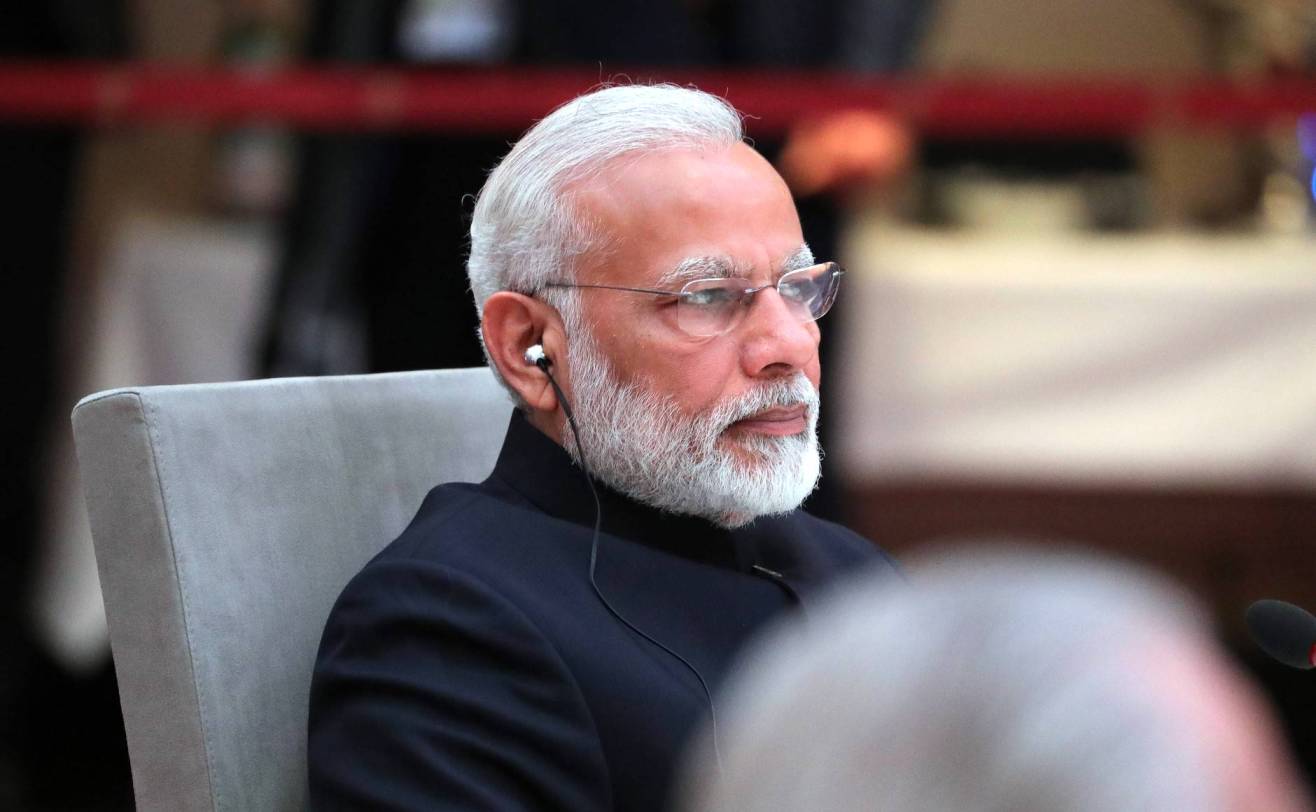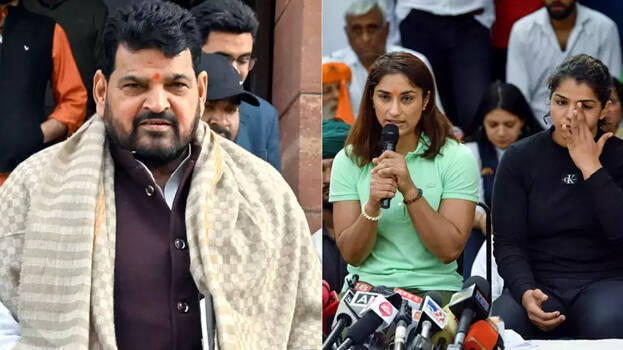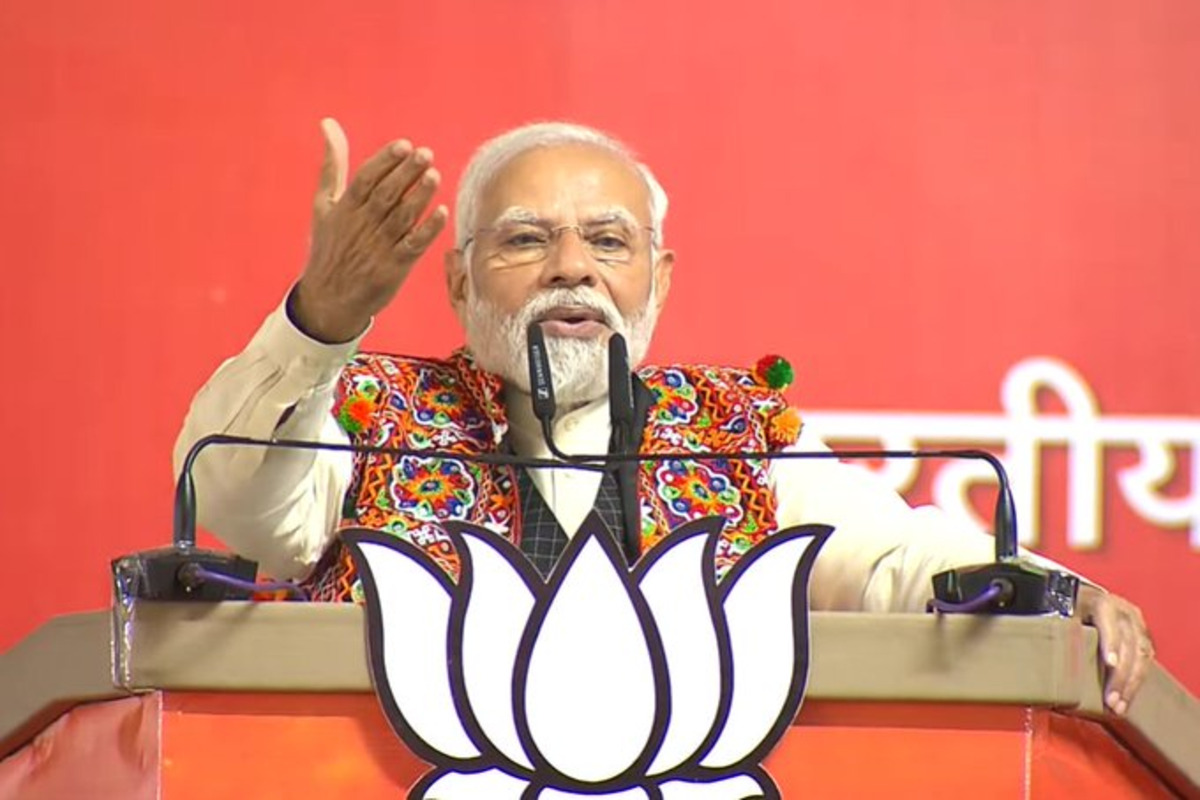Jeans have become a universal cultural language that inscribes the body
At times, I lecture at mass communication institutes and a few universities. Often, I am struck by the near sartorial uniformity among the students — the ubiquitous denim jeans. My estimate is that 80 per cent of college girls in Delhi wear trousers or a variant of it, 18 per cent an assortment of garments and the remaining two per cent salwar suits. Of the 80 per cent who wear trousers, I reckon, 85 per cent would swear by jeans. Garima, like many of her tribe, finds them to be comfortable and requiring “little maintenance.” On the other hand, Anusuya, a second year student in a prominent women’s college, feels that the jeans-tee ensemble brings out her best features.
Starting from the 70s, more and more women in India have been riding on this craze whereas the adoption of this “male” garment in the West had its moorings in the exigencies of the period and in ideology. According to Fashion Encyclopedia, the term “jeans” has existed since the 1600s, where it was a comprehensive term to describe the “rough clothing worn by working men.” Since the fabric for making this apparel often came from Genoa in Italy, it was labelled as “jean”. With weavers in the Nimes, France replicating this fabric, it acquired a new name: Denim, a corruption of the words “de Nimes.” The indigo dye used to colour the fabric blue came from India. Hence, denim meant blue jeans.
During World War I (WW-I), women, having joined the workforce, started wearing uniforms that were akin to men’s in fabric and style. This meant the transformation in the appearance of women from the feminine to masculine. Hence, taking to trousers was the next logical sartorial step. But then these tacky tracks didn’t go too far. The end of the war brought fundamental changes in British society as women outnumbered men. They felt compelled to appear more attractive. Hollywood heroines inspired them to wear make-up. The new German cult of sun-bathing became popular and sun-tanned bodies a status symbol of rich and fashionable women. With significant changes in sexual morality, availability of contraception and the founding of the abortion clinic of Marie Stopes, women were spurred to reveal more of their bodies: legs, arms, chest, back. But the great depression of the 30s, coupled with the Wall Street crash, high unemployment and higher taxation in the US led to a social churning. Married women were compelled to give up their jobs and return to “sweet domesticity.” Yet, in 1934, Levi Strauss & Co. took a risk, forever altering the course of women’s fashion. It introduced the world’s first jeans made exclusively for women: Lady Levi’s jeans for women working on farms and ranches. However, Europe was slow in warming up to this concept. Thus, for a decade or so, almost all sartorial symbols of masculinity remained mothballed.
WW-II put women back into the workforce and pants this time on both sides of the Atlantic. Popular posters of women workers encouraged others to wear practical overalls, dungarees and jeans. But post-war, women again succumbed to the natural instincts of femininity, prodded by myriad fashion pundits. Christian Dior launched the “New Look” in Paris, returning women to an overtly feminine silhouette which gave them an hour-glass figure and an extravagance so long denied to them. Some other Parisian fashion houses like Givenchy, Yves Saint Laurent and Pierre Cardin, too, captivated the imagination of the fashion conscious, stimulated, as they were, by Hollywood divas like Marilyn Monroe, Audrey Hepburn and Elizabeth Taylor.
But it was the rapid economic independence of women and their growing interest in sports and leisure activities, the relaxing of parental control over teenagers and the latter’s craving to dress like their anti-establishment idols Elvis Presley, James Dean and Beatles that led to a revival of interest in trousers. Another set of counter-culturists were the beatniks who rejected notions of glamour. The hippy revolution of the 70s, which held sway over the imagination of people globally, brought a new dimension. For the first time, women wore everything from “bedazzled and studded to bootcut jeans in public.”
Almost concurrently, and as a reaction to the entire package of fashion that sculpted the female body into a sexual object, the Women’s Liberation Movement began in the late 1960s. Femininity, the feminists argued, was a male ploy for manipulation and control over women. The crusaders advocated wearing dungarees and jeans and no adornment. In the gambit of achieving gender equality through sartorial parity, some women found trousers so comfortable that they abandoned wearing dresses and coined a new word, “power dressing.” In India, too, there is no shortage of power dressers. Thus, shorn of any existential exigencies, Indians have succumbed to be swaddled in trousers and blue jeans to conform to the global pull. While for the upper classes, foreign labels are a way of identification with their Western peers, for the not so privileged wearing jeans is a practical way of life and a means to be at par with their aspirational models. Notwithstanding the advent of new fabrics and silhouettes, trousers and jean have maintained a firm footing. It has become a universal cultural language that inscribes the body.
(The writer is former ADG, Doordarshan and founder Executive Director, Lok Sabha TV)








 OpinionExpress.In
OpinionExpress.In















Comments (0)